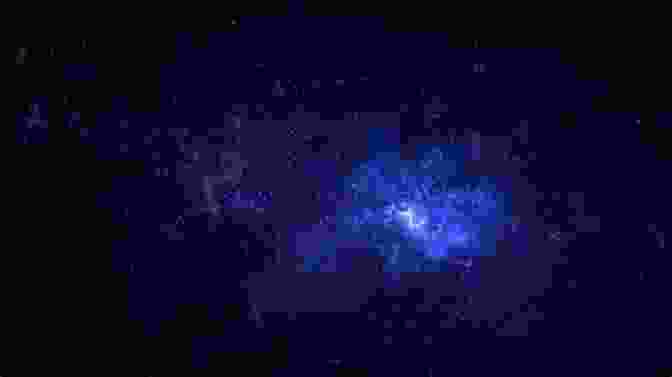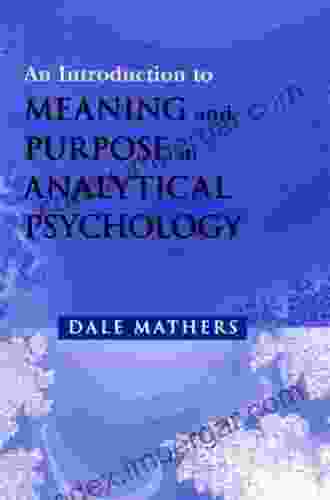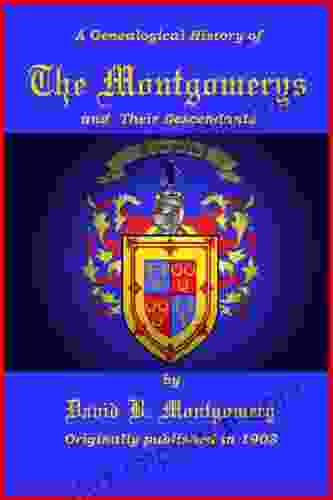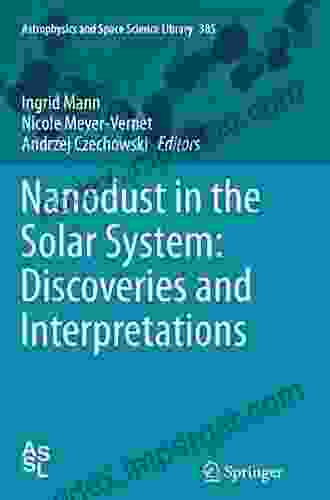Nanodust In The Solar System: Unraveling the Cosmic Jigsaw Puzzle

4.1 out of 5
| Language | : | English |
| File size | : | 7613 KB |
| Text-to-Speech | : | Enabled |
| Screen Reader | : | Supported |
| Enhanced typesetting | : | Enabled |
| Print length | : | 233 pages |
| X-Ray for textbooks | : | Enabled |

What is Nanodust?
Nanodust, also known as interstellar dust or cosmic dust, is an enigmatic component of the solar system and beyond. These minuscule particles, measuring less than 100 nanometers in diameter, are so small that they can only be observed using advanced scientific instruments.
Origins of Nanodust
Nanodust has a diverse origin. It can be produced from various sources, including:
- Supernovae: Explosions of massive stars create shockwaves that shatter surrounding matter, releasing nanodust into the interstellar medium.
- Collisions: Asteroids and comets colliding with larger celestial bodies can eject nanodust into space.
- Stardust: Nanodust can be released from the atmospheres of aging stars as they shed their outer layers.
- Interstellar Gas: Tiny grains of dust can form from the condensation of interstellar gas and heavy elements.
Properties of Nanodust
Nanodust possesses unique properties that make it a fascinating object of study:
- Size and Shape: Nanodust particles are extremely small, with diameters typically ranging from a few nanometers to hundreds of nanometers. They can be spherical, irregular, or fractal in shape.
- Composition: Nanodust is primarily composed of a mixture of silicates, carbon, and other elements such as iron, magnesium, and calcium.
- Optical Properties: Nanodust particles can scatter and absorb light, giving them their characteristic appearance. Their optical properties depend on their size, shape, and composition.
- Magnetic Properties: Some nanodust particles contain magnetic minerals, making them sensitive to magnetic fields.
Significance of Nanodust
Nanodust plays a crucial role in various astrophysical processes:
- Seed for Planet Formation: Nanodust particles are believed to be the building blocks for planet formation. They can collide and stick together to form larger bodies, eventually leading to the formation of planets.
- Cosmic Chemistry: Nanodust provides a surface for chemical reactions to occur. It can catalyze the formation of complex molecules, including prebiotic molecules that may have played a role in the origin of life.
- Interstellar Medium: Nanodust is an essential component of the interstellar medium, the vast space between stars. It affects the propagation and intensity of light, making it crucial for understanding the structure and evolution of galaxies.
- Astrobiology: Nanodust may hold clues about the search for life beyond Earth. Its presence in exoplanetary atmospheres could indicate the potential for habitability.
Studying Nanodust
Scientists use various techniques to study nanodust:
- Remote Sensing: Telescopes and satellites can detect nanodust by observing its interactions with light.
- Spacecraft Missions: Spacecraft such as NASA's Stardust mission have collected samples of nanodust for analysis.
- Laboratory Experiments: Scientists create simulations in the laboratory to study the properties and behavior of nanodust.
Nanodust is a fascinating and ubiquitous component of the solar system. Its study provides valuable insights into the formation and evolution of our cosmic neighborhood. From its role in planet formation to its impact on cosmic chemistry, nanodust holds the key to unlocking the secrets of space.
Embark on an extraordinary journey into the depths of the solar system and discover the wonders of nanodust. This tiny but mighty cosmic dust holds the power to ignite your imagination and inspire a deeper understanding of our place in the universe.
4.1 out of 5
| Language | : | English |
| File size | : | 7613 KB |
| Text-to-Speech | : | Enabled |
| Screen Reader | : | Supported |
| Enhanced typesetting | : | Enabled |
| Print length | : | 233 pages |
| X-Ray for textbooks | : | Enabled |
Do you want to contribute by writing guest posts on this blog?
Please contact us and send us a resume of previous articles that you have written.
 Book
Book Novel
Novel Page
Page Chapter
Chapter Text
Text Story
Story Genre
Genre Reader
Reader Library
Library Paperback
Paperback E-book
E-book Magazine
Magazine Newspaper
Newspaper Paragraph
Paragraph Sentence
Sentence Bookmark
Bookmark Shelf
Shelf Glossary
Glossary Bibliography
Bibliography Foreword
Foreword Preface
Preface Synopsis
Synopsis Annotation
Annotation Footnote
Footnote Manuscript
Manuscript Scroll
Scroll Codex
Codex Tome
Tome Bestseller
Bestseller Classics
Classics Library card
Library card Narrative
Narrative Biography
Biography Autobiography
Autobiography Memoir
Memoir Reference
Reference Encyclopedia
Encyclopedia Nlp Comprehensive
Nlp Comprehensive C Mahoney
C Mahoney Sean Martin
Sean Martin Richard Middleton
Richard Middleton D Zeidler
D Zeidler Brian Corbley
Brian Corbley Karen L Chambers
Karen L Chambers Bryan G Bowes
Bryan G Bowes Bonnie St John
Bonnie St John Bret Harte
Bret Harte Brendan C Lindsay
Brendan C Lindsay Bobbie Hinman
Bobbie Hinman Leila Belkora
Leila Belkora Joseph P Greene
Joseph P Greene Bridgett Miller
Bridgett Miller Bob Morris
Bob Morris Kieran Mulvaney
Kieran Mulvaney Deanna Macdonald
Deanna Macdonald Brittany Kay Baez
Brittany Kay Baez Tom Heston Md
Tom Heston Md
Light bulbAdvertise smarter! Our strategic ad space ensures maximum exposure. Reserve your spot today!

 Victor TurnerAn American Affidavit Of Probable Cause: Uncovering the Treasonous Plot to...
Victor TurnerAn American Affidavit Of Probable Cause: Uncovering the Treasonous Plot to... Norman ButlerFollow ·15.1k
Norman ButlerFollow ·15.1k Clinton ReedFollow ·7.9k
Clinton ReedFollow ·7.9k Michael ChabonFollow ·12.1k
Michael ChabonFollow ·12.1k Miguel de CervantesFollow ·2.8k
Miguel de CervantesFollow ·2.8k Ethan MitchellFollow ·2.7k
Ethan MitchellFollow ·2.7k Adrian WardFollow ·9.2k
Adrian WardFollow ·9.2k Frank MitchellFollow ·6.5k
Frank MitchellFollow ·6.5k José MartíFollow ·3.8k
José MartíFollow ·3.8k

 Gary Cox
Gary CoxUnlocking Meaning and Purpose in Life: An Exploration of...
In an increasingly...

 Eric Hayes
Eric HayesMemoirs of the Early Pioneer Settlers of Ohio Illustrated
A Window into the Lives of Courageous...

 J.R.R. Tolkien
J.R.R. TolkienThe Montgomerys and Their Descendants: A Saga of Courage,...
Prepare to be...

 Avery Simmons
Avery SimmonsThe Rifle Musket: The Dawn of Modern Infantry Warfare
: The rifle musket, a revolutionary...

 Jesse Bell
Jesse BellUnlock the Power of Excel with VBA and Macros: A...
Microsoft Excel is a powerful spreadsheet...
4.1 out of 5
| Language | : | English |
| File size | : | 7613 KB |
| Text-to-Speech | : | Enabled |
| Screen Reader | : | Supported |
| Enhanced typesetting | : | Enabled |
| Print length | : | 233 pages |
| X-Ray for textbooks | : | Enabled |












